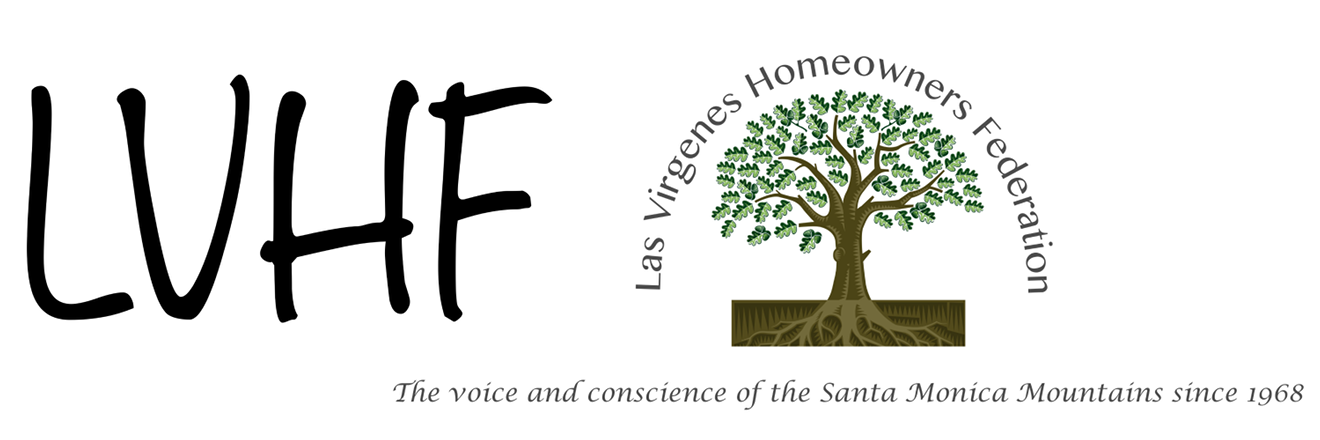The Science Of Fire In The Santa Monica Mountains — thank you to all who attended our Forum on Aug. 22 at King Gillette Ranch. It was a wildly successful evening and extremely well attended. Response was overwhelmingly positive — Fire Facts — No More Fiction! * We have included links here to all three of our experts’ presentations that evening — as well as links to their professional profiles and powerpoints.
The Federation is Grateful to our Panel of Renowned Scientists Who Separated Fire Facts From Fiction:
1. DR. JON KEELEY — Senior Research Scientist with U.S. Geological Survey. He has more than 350 publications in national and international scientific journals and books https://www.usgs.gov/staff-profiles/jon-keeley?qt-staff_profile_science_products=0#qt-staff_profile_science_products
- Aug. 22 Presentation at King Gillette Ranch:
http://lvhf.org/wp-content/uploads/2019/09/Keeley-3.mov
- Powerpoint:
2. DR. STEPHEN D. DAVIS — Distinguished Professor of Biology Pepperdine University https://seaver.pepperdine.edu/academics/faculty/stephen-davis/
- Aug. 22 Presentation at King Gillette Ranch:
http://lvhf.org/wp-content/uploads/2019/09/Davis8.mov
- PDF:
3. DR. SETH RILEY — Wildlife Branch Chief; Adjunct Associate Professor UCLA — U.S. National Parks Service – Santa Monica Mountains National Recreation Area; Department of Ecology and Evolutionary Biology http://newsroom.ucla.edu/experts/preview/56e88f426eafb538870058f3/
- Aug. 22 Presentation at King Gillette Ranch:
http://lvhf.org/wp-content/uploads/2019/09/Riley1.mov
Many thanks to our Fire Fact Forum Hosts: LA County Third District Supervisor Sheila Kuehl’s Office!
Here’s Some of What We Learned:
One of our guest speakers, Dr. Jon Keeley, is a senior scientist with the US Geological Survey Western Ecological Center and author of over 350 publications, including Environmental Change and Fire, Invasive Plants and Fire, Southern California Wildfire Risk Scenario Project, and WERC Fire Science.
Keeley classifies California fires as either fuel-dominant fires or wind-driven fires. Fuel-dominant fires are most common in northern California and wilderness areas where the fire is started by natural events such as lightning and proceed due to high fuel loads that have accumulated due to previous fire suppression efforts. Those fires, however, are often remote.
In Southern California, exactly the opposite is true: Too many fires have occurred too frequently. Fire is a people problem not a fuel problem in Southern California where the large fires that do the most damage are all started by people (or malfunctions in the urban infrastructure that serves them) and the fires proceed due to extreme winds such as the Santa Anas. Fuel management efforts are not cost or time effective for these wind-driven fires because structures in wind-driven fires most commonly catch fire due to burning embers that fly in on the wind from sometimes miles away.
Keeley pointed out green trees full of water can actually shield a house from these burning embers. He noted that oak trees, in particular, are naturally very fire resilient and can serve to block flying embers from landing on homes, while houses are dry and must themselves be considered as fuel. While Keeley agreed that some vegetation removal around buildings was important, such as reducing density, removing dead branches, and trimming trees up to 6 feet, he noted that many of the homes in Paradise, California, that survived the fire were surrounded by green trees while homes with no vegetation around them burned.
He emphasized the need for a more cost-effective preventive approach that takes fire into account in the municipal zoning and planning process as described in the book Wildfire and Americans: How to Save Lives, Property, and Your Tax Dollars by former NPS Director Roger Kennedy. While there are strategies to protect existing structures such as fire-safe roofs, double-paned windows, roof sprinklers, and pool water diversion, as 600,000 people move to California per year, defensible space around a home is not nearly as important as the need for regional planning, coordination, and responsibility for fire-fighting and insurance to encourage more prevention-oriented, fire-safe zoning in severe fire hazard areas and wildland urban interface zones.
Wildlife Branch Chief for the National Park Service- SMMNRA and UCLA Adjunct Professor Dr. Seth Riley delved into the effects of fire in Southern California on its wildlife. His research focuses on the effects of urbanization on the diversity and abundance of wildlife in fragmented landscapes, including mountain lions, bobcats, and other carnivores, as well as reptiles, amphibians, and birds.
Riley presented statistics showing that small mammal populations such as rabbits and woodrats are hardest hit in a fire. The fledgling red-legged frog populations planted by researchers at various locations were wiped out by the fire and its aftereffects. While large mammals such as mountain lions and deer often escape, two local mountain lions died in the Woolsey fire. One, P64, who was previously one of the most freeway-savvy mountain lions in the area with over 41 freeway crossings under his belt, successfully escaped the fire, but when he came up against urbanization, he opted to retreat back into the just-burned open space, and ended up burning his paws and starving to death because he could not hunt. The large mammals who successfully escaped have not returned to the large bare burn areas and are instead crowded into small pockets where fire did not occur. Since competition with other males is a primary cause of mortality for male mountain lions, and there is now less territory for them to spread out, researchers are watching to see how overcrowding in further reduced and fragmented habitat will affect their population as a secondary effect of fire.
Pepperdine Professor of Biology Dr. Stephen D. Davis showed compelling statistics and photographs of the way in which plant communities are being changed by Southern California’s too frequent fires, which are permanently changing the landscape by turning woodlands into shrublands and shrublands into grasslands. Unlike many native plants, non-native species go dormant and dry in the summer and become flashy fuels that burn readily and encourage more fire. He pointed out that even plants that survived the fire are showing evidence of disease as they become too stressed to withstand infection.

